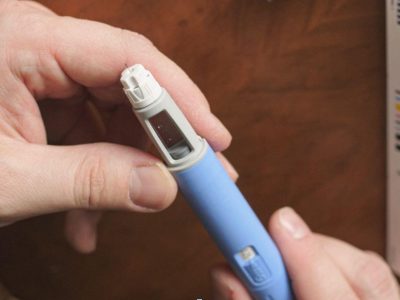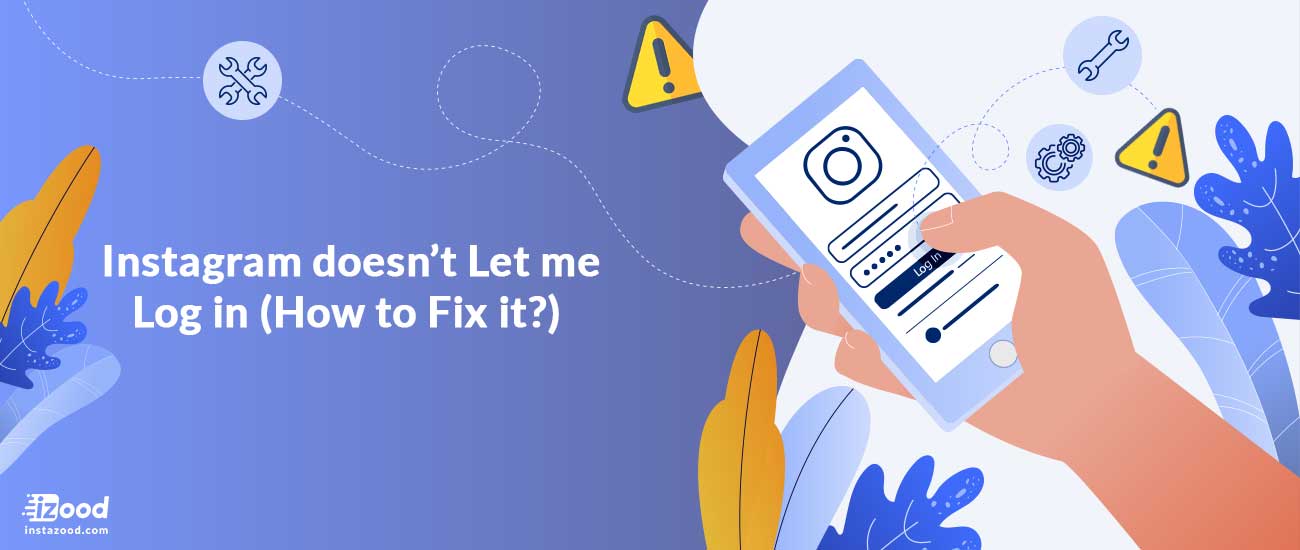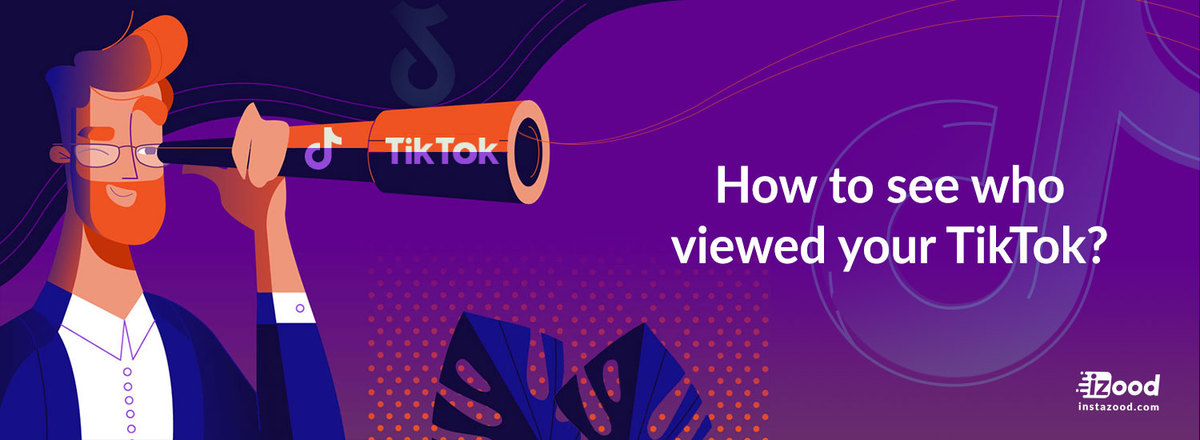Equifax’s PayNet branch issues the Small Business Loan Index (SBLI), an early economic indicator. It’s a gauge of how many fresh loans have been extended to tiny companies in the last 30 days.
The Small Business Optimism Index (SBLI) is a leading indicator of future economic development, capital demand, and company fixed investment across a variety of economic sectors.

Getting to Know the Small Business Lending Index (SBLI)
PayNet’s inventory of loans and contracts from the biggest commercial and industrial loan sources is utilized to calculate the Small Business Lending Index (SBLI), which measures the number of small business loans disbursed during the previous 30 days.
In 2020, 99.9 percent of all U.S. companies were classified as small businesses, which made up 31.7 million establishments. Thus, to understand the strength of the American economy, one must understand small businesses and their triumphs and mistakes.
The Small Business Lending Index tracks the number of loans made to local companies. Business lending can help with growth, debt reduction, and other needs. This is why the SBLI can be used as a proxy for Economic growth. PayNet claims that the SBLI is indicative of general sector patterns because small companies are more susceptible to economic shifts.
Methodology for Building the Index of Small Business Financing (SBLI)
Due to the instability of lower sample numbers, PayNet divides the index into 988 indices at the national, regional, and sector levels and calculates them on a continuous 12-month basis.
Monthly, the score is released in three parts:
- PRELIMINARY: The latest small company loan activity statistics for the current month.
- REVISED: Numbers for the previous month have been Initial Availability
- FINAL: last month’s statistics Version 2.0
Strategic Insights, PayNet’s analysis on the business, features a discussion of the SBLI indicator and the information it offers. It’s useful for gaining perspective on national and international movements in the market. This part discusses regional tendencies by focusing on lending behavior in individual states, typically the 10 biggest states.
The business part examines the top 18 sectors in terms of the percentage increase or decrease in credit issuance. The mining, gravel, oil and gas, and food production industries are also included.
It also places the data in an economic framework, addressing economic development and other variables that may have influenced the score. Additionally, the SBLI can be viewed as an independent image that can be customized based on location and sector.
Comparison Small Business Lending Index vs. Small Business Delinquency Index
PayNet’s Small Business Delinquency Index (SBDI) tracks three-time loan failure rates.
Similar to the Small Business Loan Index (SBLI), this index forecasts national and state-level joblessness trends and gauges the financial duress and failure risk of small businesses.
Financial services execs, analysts, lawmakers, and authorities can use this information to better grasp the current phase of the business cycle and implement more effective credit monitoring policies.
These two metrics can reveal the economy’s funds, its peaks and falls, and area success.











